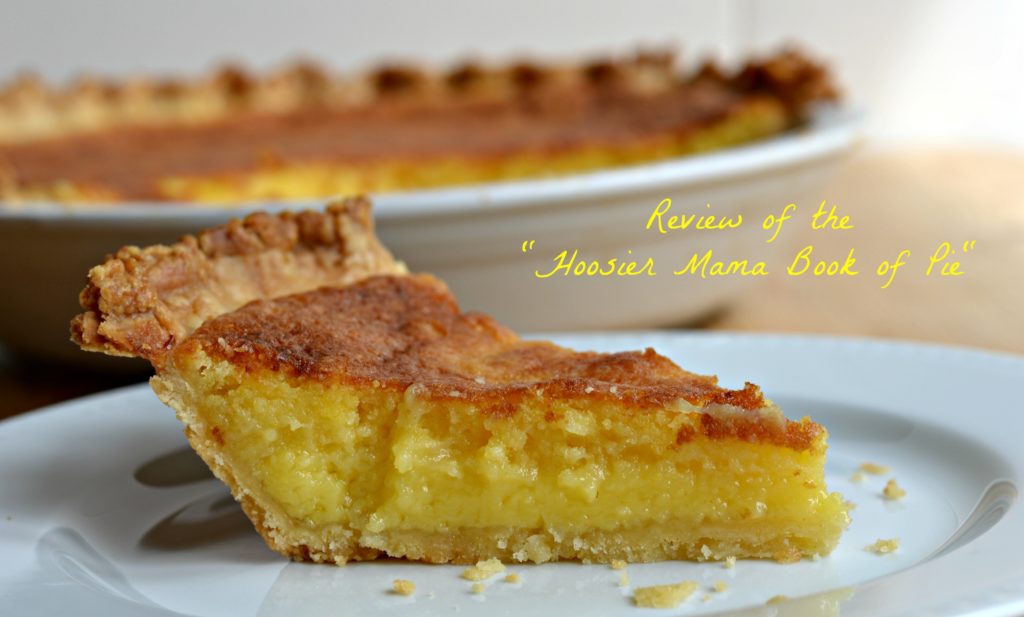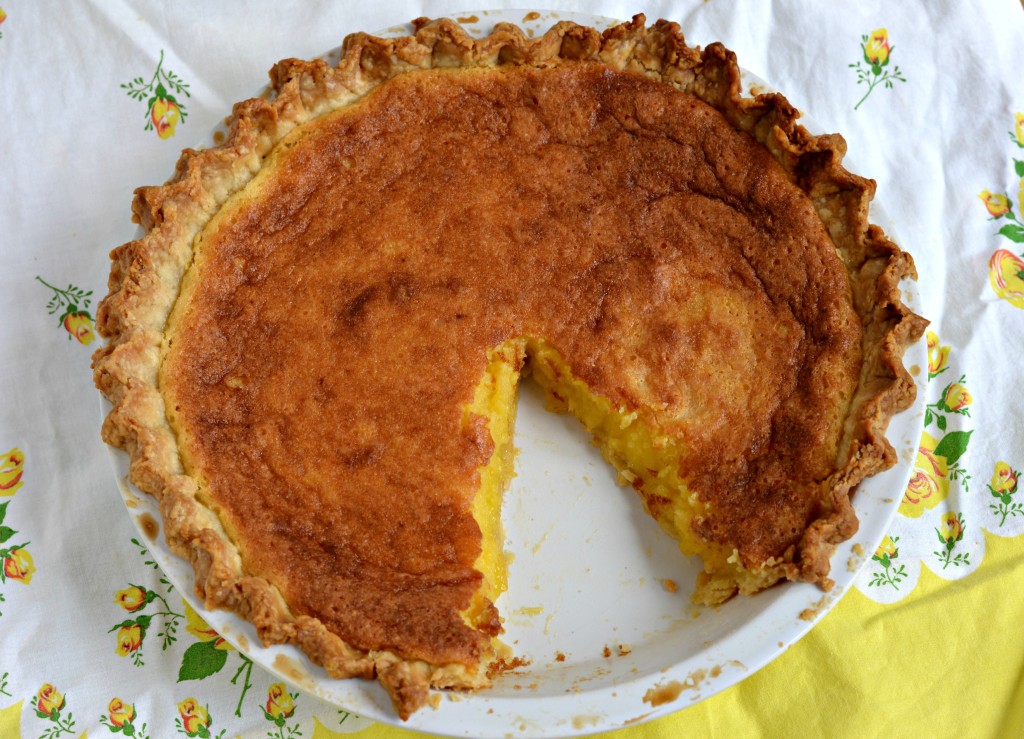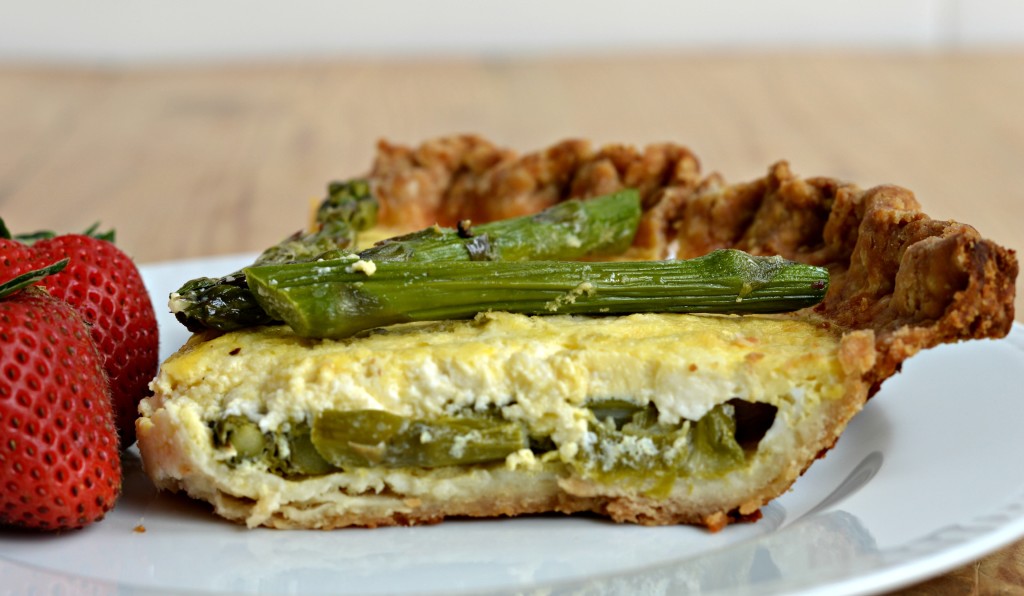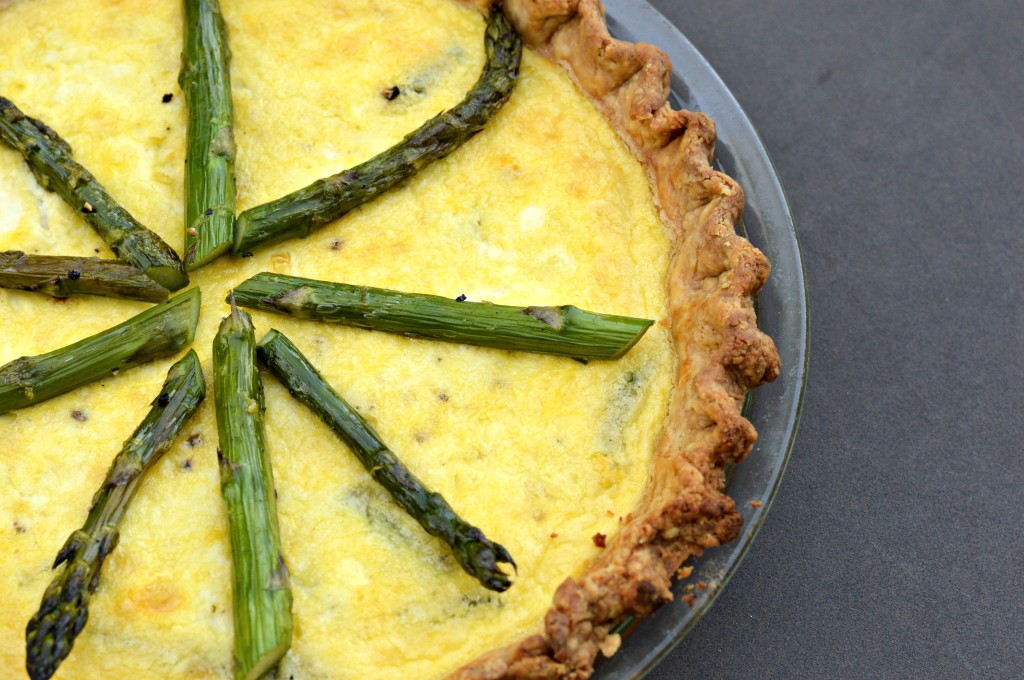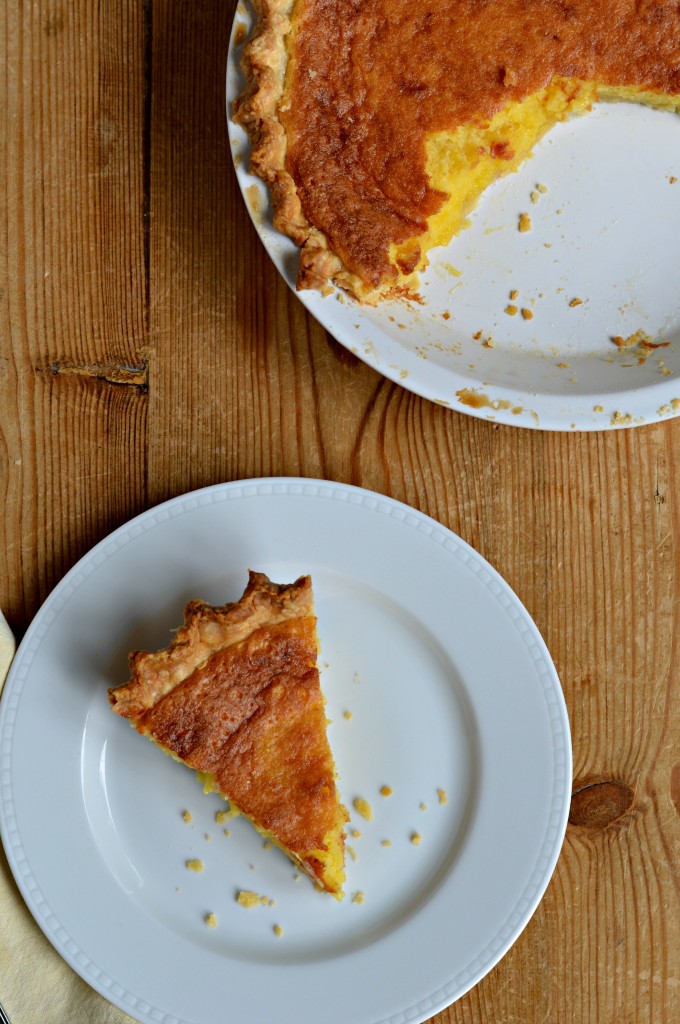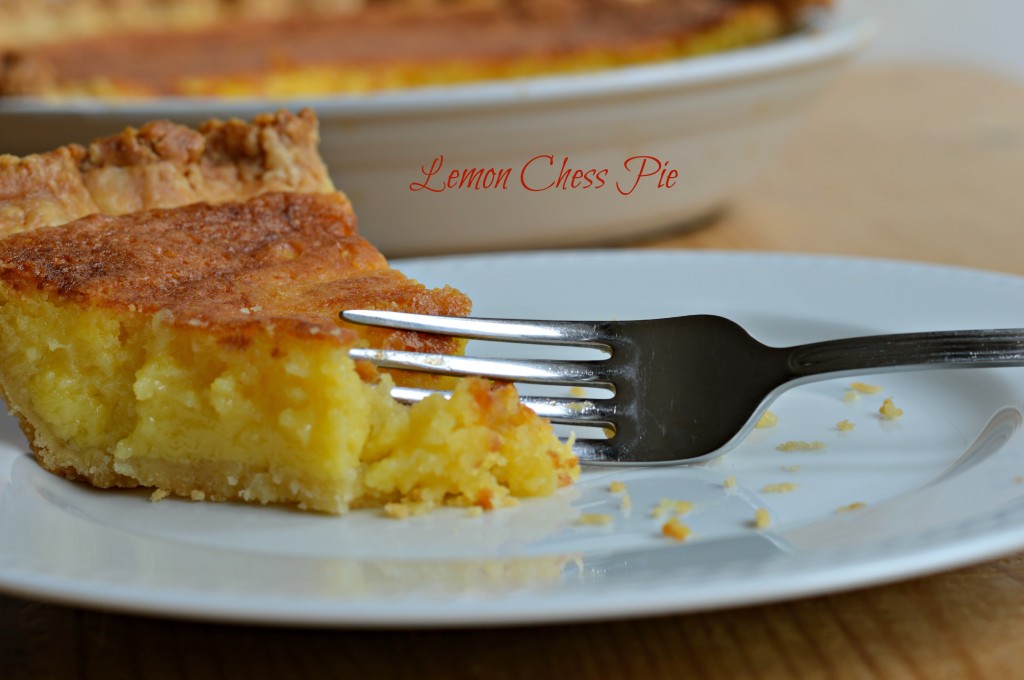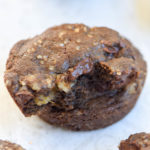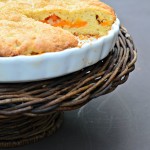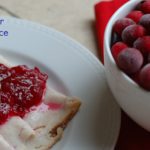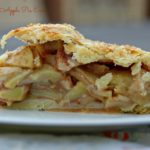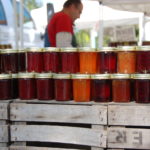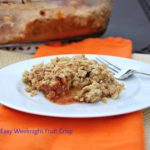Some say that pie-making is a lost art. I have found, however, that there are countless men and women toiling away anonymously in their kitchen, keeping this quintessentially American art alive. I was at a party the other night and got to talking with one of my neighbors. The party was a dessert party so the subject naturally turned to our favorite sweets. That is when my neighbor revealed that she is pie expert, having baked at least a pie a week for years. I admit that I was stunned. I had no idea that right down the street from me was someone who voluntarily did something as labor-intensive and impractical as making a pie every single week just for the sheer love of it. Scratch the surface and you will find a passion for food and cooking almost everywhere.
I have a fondness for American fruit desserts. I love how these old-fashioned types of sweets harken back to a bygone era and how they make use of what is in season at a given moment. Fruit desserts are also my husband’s favorite thing to eat and there is nothing so rewarding as cooking for an enthusiastic audience. I enjoy making buckles, cobblers, crumbles, and crisps because they are easy and forgiving — doable even for a weeknight – and the results are heavenly. If you are baking with kids or you are a novice cook, by all means, make a buckle or a fruit crisp. You will enjoy the process and feel chuffed by your inevitable success.
Pie is a different matter. Pies are hard and time-consuming and there is a lot of technique involved. You have to make the dough, roll out the dough, make a filling, assemble the pie and then bake for at least fifty minutes or an hour. In between those steps, there is a lot of downtime while the dough rests and chills. Making a pie is an all-day affair, or even a multi-day affair. It requires planning and commitment.
If you want to make really good pies, doing it once a year at Thanksgiving is not going to cut it. You need to practice and to hone your skills. It is not necessary to make a pie a week like my neighbor — although I bet she makes a heck of a pie — but the only way to master the techniques involved is to practice them.
One of things that I liked most about the new cookbook from Chicago pie queen Paula Haney, better known as the Mama behind the Hoosier Mama Pie Company, is that it freely admits that making pies is hard. The exact phrase she uses to describe pie-making is “a pain in the ass.” But for those who are willing to put in the time and effort it takes to make great pies, The Hoosier Mama Book of Pie is a great ally.
With detailed instructions on every aspect of pie-making — from the crust to the filling to the assembly — The Hoosier Mama Book of Pie is a tremendous resource for beginners to experienced (amateur) pastry chefs. The book contains an enormous number of recipes for every kind of pie imaginable, including traditional fruit pies, “desperation pies” with basic custard fillings, savory pies, quiches and turnovers. If you plan to buy one book on pie-making, then a) you are not as obsessed with cookbooks as I am but b) this is the book for you.
The Hoosier Mama Pie Company is a beloved bakery in the Ukrainian Village neighborhood of Chicago devoted to the art of making pies, all kinds of pies. With write-ups in national food magazines, the Hoosier Mama Pie Company is one of the many Chicago designation eateries. Because of my preference for homemade over store-bought desserts, I have only tried a Hoosier Mama pie once, but it was pretty amazing. So when I saw last summer that the Hoosier Mama, Paula Haney, had come out with a cookbook, I was anxious to get my hands on a copy.
I spent two weeks cooking out of The Hoosier Mama Book of Pie — we ate quiche a lot those two weeks — and I was smitten. I will freely admit that I did not follow the recipes to the letter, but that is just how I cook. I did follow Hoosier Mama’s pie crust recipe, which resembles my previous recipe in many ways, namely butter as the only fat and the use of an acid as a tenderizer, although Hoosier Mama uses red wine vinegar and I have always used lemon juice. And I adopted many of here techniques for rolling out the crust, filling and finishing the pie. I felt like I learned a lot from paying careful attention to the book’s instructions and I will continue to follow some of the practices from the book going forward.
A few small quibbles: one, I think the pie-crust recipe in the book is too salty and does not contain enough sugar, at least for sweet pies. It is actually perfect for a savory pie or quiche. Second, the way the book is structured, with the recipes and instructions for pie crusts in the beginning, the specific pie recipes in the middle, and subrecipes at the end, means that the reader spends a lot of time flipping pages back and forth. I recommend sticky notes for marking your place.
That being said, I have no trouble recommending that you add The Hoosier Mama Book of Pie to your library. The time to do so is now: farmers market season is starting. Strawberries and rhubarb are already here and some people, like my friend Meghan, think that strawberry rhubarb pie is the highest form of dessert.
I hope that you will try your hand at making a pie or two this summer using your favorite summer fruits, be they berries or stone fruits. And come fall, you will be ready to volunteer to bring the apple and pumpkin pies to Thanksgiving dinner.
